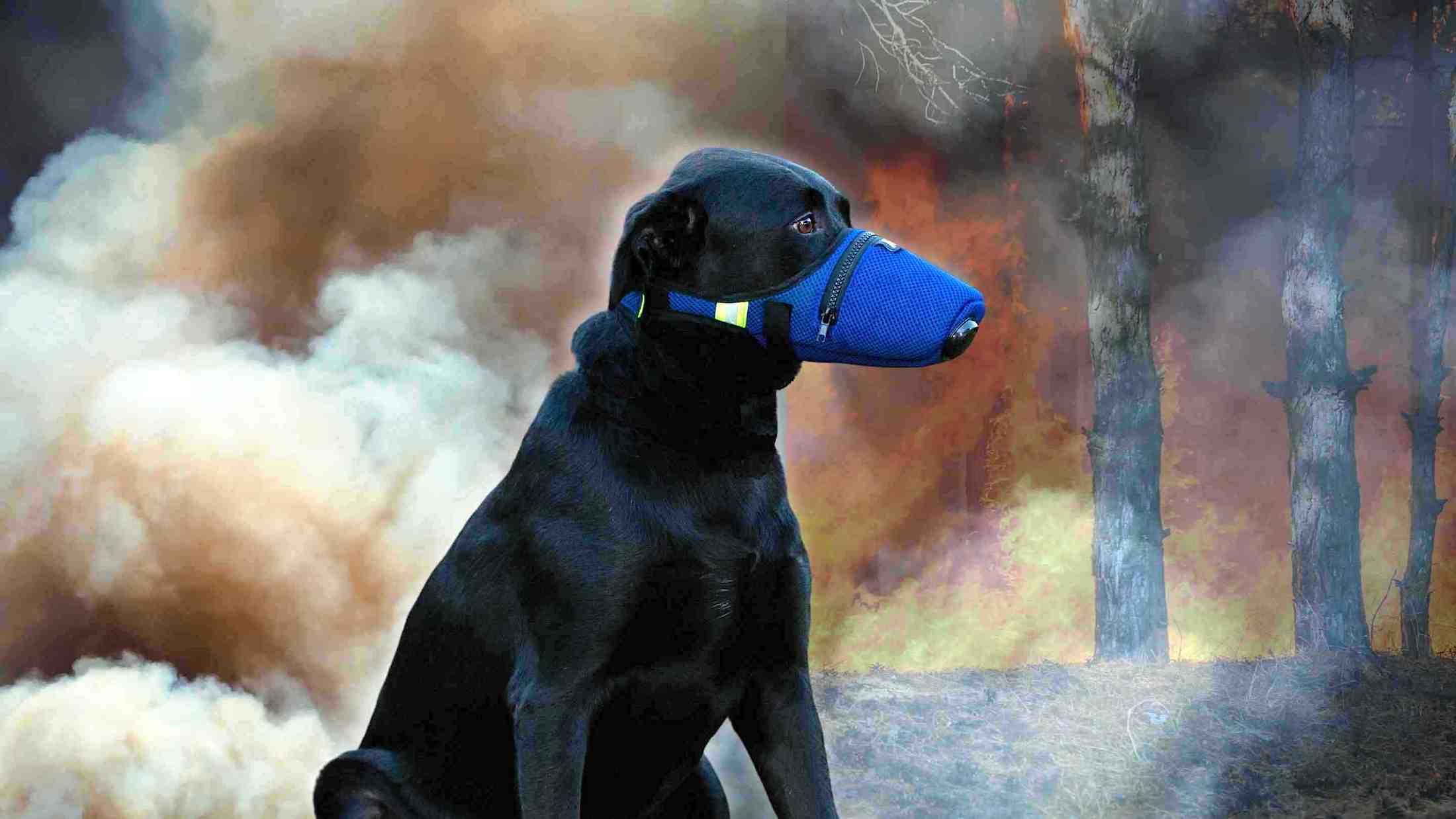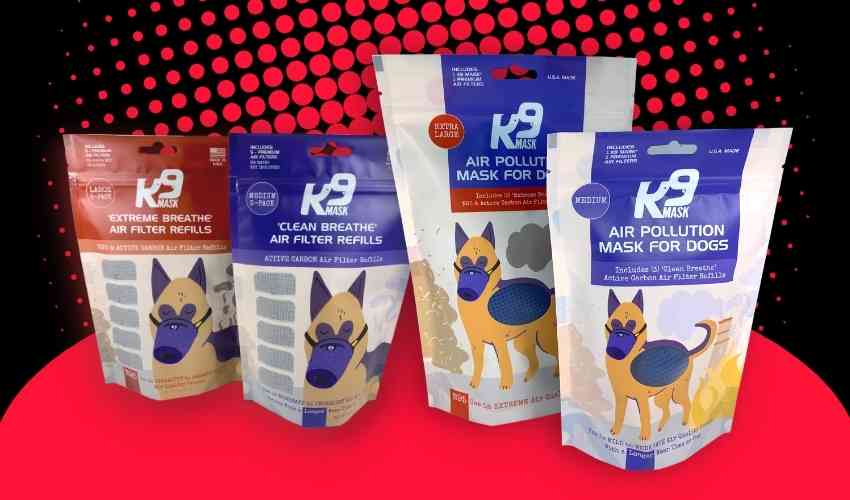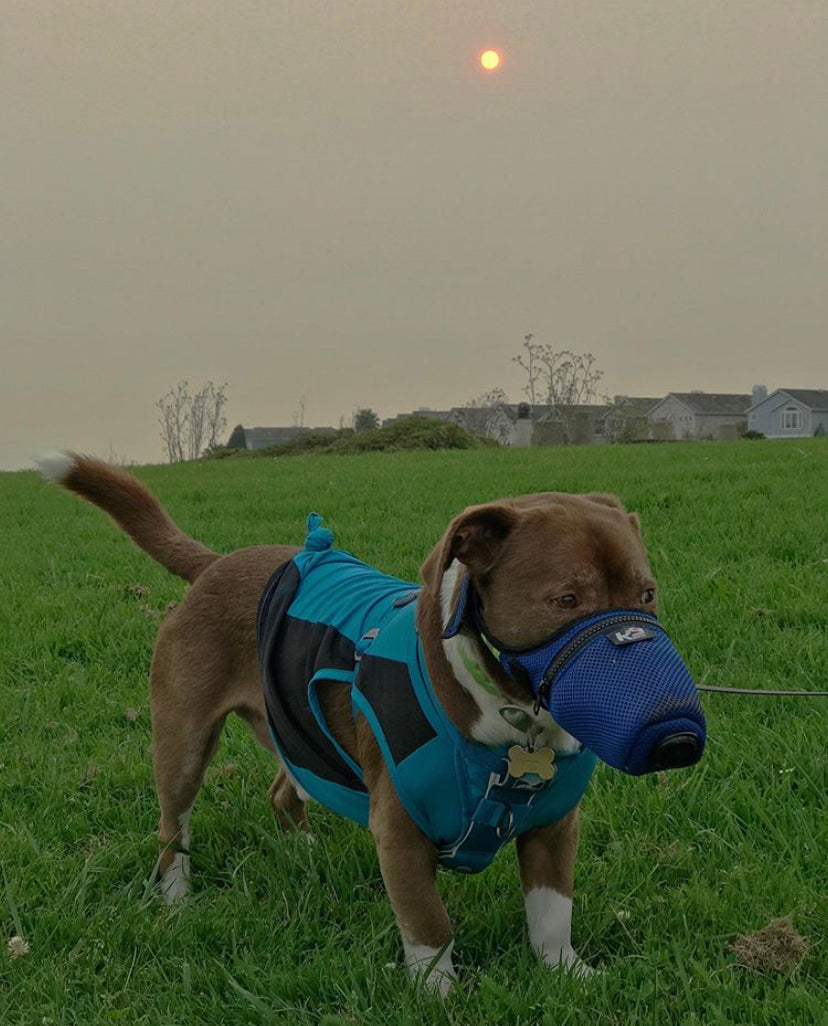2020 was a bad year for many reason but most saw air quality improve in much of the world, except California. Pandemic lockdowns helped improve air quality worldwide in 2020, the U.S. saw its air quality worsen — particularly on the West Coast — thanks largely to record-setting wildfires and toxic smoke.
Southern California dominated the list of most polluted U.S. cities in 2019, the fires of 2020 moved that distinction to Central and Northern California, according to the annual report released Tuesday, March 16, by IQAir, a Swiss company that has partnered with the United Nations to create the world’s largest air-quality data platform.
Improved air quality was recorded by 84% of the 106 countries surveyed, but areas hit by major wildfires — which also included Australia, Siberia and South America — did not share in the benefits.
“These events resulted in major air pollution spikes in these areas while also emitting copious greenhouse gases,” the report says.
The West Coast fires hurt air quality worst in September, when the U.S. accounted for 77 of the world’s 100 most polluted cities and towns — and California locales topped the list. In 2020, overall, particulate pollution — also known as soot — increased in the U.S. 6.7% from 2019.
Compared to other nations, though, the United States ranked 22nd of the 106 countries and territories monitored for the calendar year. While that was a drop from the 12th best the previous year, U.S. air quality on an annual basis remained better than in most countries.
Bangladesh had the worst air, followed by Pakistan and India. Sweden had the best scores, followed by Finland and Norway.
The report noted that while the U.S. Clean Air Act has reduced particulate air pollution over the past five decades despite a growing economy and population, levels began increasing again in 2016. Besides the increased wildfires spurred by climate change in recent years, air quality has been hurt by regulatory rollbacks and lack of enforcement of the Clean Air Act under the Trump administration, the report says.
“This regression is estimated to have contributed to an additional 9,700 premature deaths in 2018 and an economic cost of $89 billion,” according to IQAir.

COVID-19 Impact on Air Quality
Rules aimed at slowing the spread of coronavirus contributed to dramatically cleaner air in many parts of the world, thanks to more people working from home and driving less. But those infected by the disease may have been particularly hard hit if the lived in areas chronically linked to dirty air.
“Between 7% and 33% of deaths from COVID-19 are attributable to long-term air pollution,” the report says.
Air pollution is typically broken into two-categories: particulate pollution, also known as soot, and ozone, more commonly known as smog. While ozone is a gas, the particulate matter measured by IQAir and other air quality monitors is a concentration of microscopic particles 2.5 microns or larger, which can be inhaled and quickly enter the blood stream. The width of a human hair is about 60 microns.
“Fine particulate matter is currently understood to be the most harmful to human health,” the reports says. “Exposure … has been linked to negative health effects like cardiovascular disease, respiratory illness and premature mortality.”
Beside wildfires, particulate pollution is generated by cars, power plants and factories.
Despite California having many of the nation’s most aggressive air-quality policies, Southern California has perennially ranked among the worst regions in the country for air quality.
Last year’s IQAir report found that Los Angeles County was home to 14 of the nation’s 25 worst cities for particulate pollution and the Inland Empire accounted for three more.
The American Lung Association, which issues annual reports of air quality that average the previous three years, painted just a slightly better picture in its 2020 study. For year-round soot levels, San Bernardino County ranked fifth worst nationwide, Riverside County was eighth and Los Angeles was fifteenth. In Southern California, only Los Angeles County made the top 25 for single-day soot levels.
For ozone — or smog — the Lung Association had a grimmer analysis: The five-county Los Angeles metro area was the smoggiest region in the country, the 20th time in 21 annual reports that the area topped the list.
Breaking it down further, San Bernardino County was named the worst county in the nation for smog, and was followed by Riverside and Los Angeles counties, according to the report. Orange County also received a failing grade for smog although it was not listed among the country’s 25 worst.

Most Polluted Cities in California from Fire Smoke
In its survey of 1,412 U.S. towns and cities in 2020, IQAir found that 24 of the 25 worst for particulate pollution were in California. But because the wildfires had the biggest impact in Central and Northern California, just one of those was in Southern California — Del Rey in Los Angeles County.
In a major change, it was no longer urban areas with the dirtiest air. Ranked at the bottom nationwide was Yosemite Lakes and then Oakhurst, near Yosemite National Park, followed by Springville, outside of Sequoia National Park.
But it was a lot worse elsewhere on the globe.
Of the 4,744 towns and cities surveyed worldwide, Yosemite Lakes was 233rd worst. It was the only U.S. location that failed to at least reach a “moderate” annual rating on the U.S. Air Quality Index, registering a particulate matter concentration of 37.8 that qualified it as “unhealthy for sensitive groups.”
Worst in the world? Hotan, China, with particulate concentration of 110.2, followed by Ghaziabad, India, at 106.6, both of which qualified for an “unhealthy” rating for the year. Hotan had one month of a “hazardous” rating and another of “very unhealthy,” while Ghaziabad had three days of “very unhealthy” air.
Yosemite Lakes reached “unhealthy” levels for two months during the fires, while Oakhurst reached “very unhealthy” for a single month, in September, and “unhealthy” the following month. But together they combined for seven months of the highest level of good air quality, dubbed the World Health Organization “target.”














